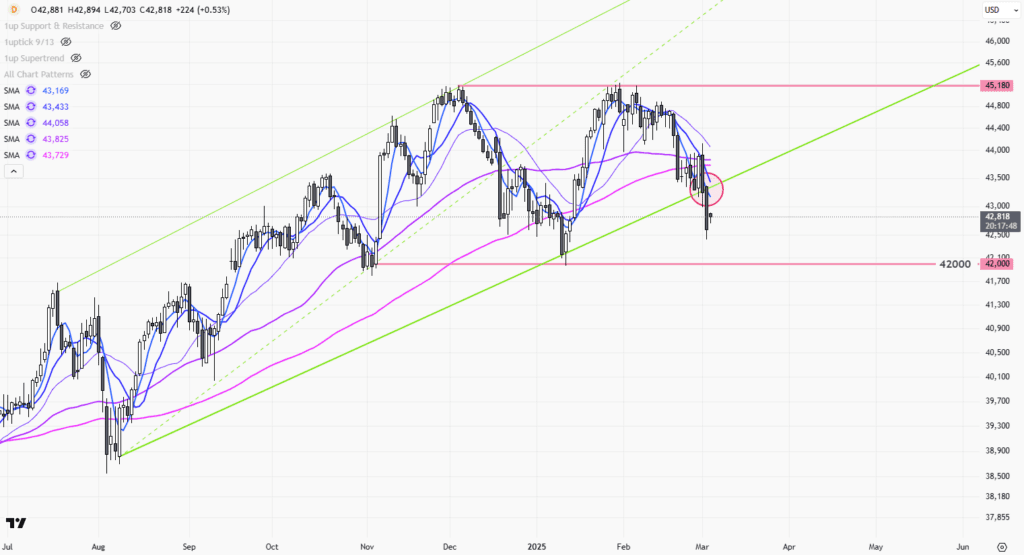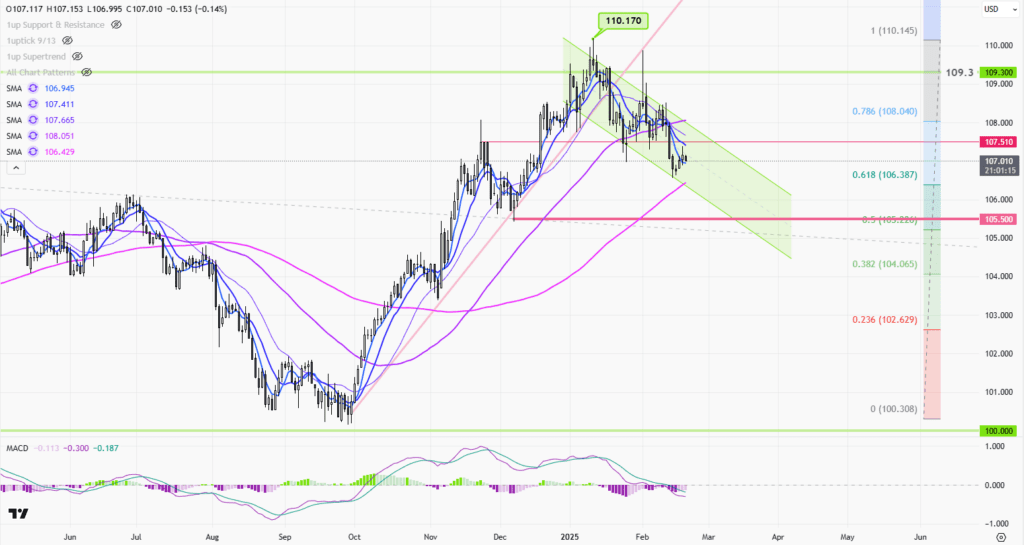 |
| Gold V.1.3.1 signal Telegram Channel (English) |

Why Nvidia Is the Most Underowned Megacap Stock in the Magnificent Seven and What It Means for Investors
2025-08-20 @ 03:00
Nvidia: The Most Underowned Megacap in the Market?
Nvidia, a cornerstone of the so-called “Magnificent Seven” tech stocks, continues to stun Wall Street with its innovation, earnings growth, and stock performance. Yet, despite its market dominance and repeated record highs, Morgan Stanley recently identified Nvidia as the most underowned megacap stock, raising key questions about institutional positioning, portfolio strategy, and the risks and opportunities that lie ahead for investors.
The Magnificent Seven and Market Concentration
The term “Magnificent Seven” refers to a select group of U.S. technology giants—Apple, Amazon, Alphabet, Meta, Microsoft, Tesla, and Nvidia. These companies now account for an unprecedented portion of the S&P 500’s total market capitalization, with their combined weight exceeding one-third of the entire index. Nvidia stands at the forefront, powering advancements in artificial intelligence, data centers, and gaming.
This concentration has been fueled by the outsized returns and technological leadership displayed by these companies. Yet, this dominance brings both potential rewards and hidden risks. With so much money piled into a few stocks, passive exposure through index funds may mask a lack of true diversification—a point investors should consider as they review portfolio allocations.
Why is Nvidia Underowned?
Despite its proven track record, Nvidia is not held as heavily by institutional investors as one might expect. Several factors may explain this phenomenon:
- Rapid Price Appreciation: Nvidia’s stock price has skyrocketed, triggering profit-taking and periodic caution among fund managers concerned about valuation risk.
- Benchmark Constraints: Many funds are tied to index weights, and Nvidia’s meteoric rise has outpaced standard rebalancing, forcing managers to play catch-up.
- Risk Aversion: The volatility sometimes witnessed in tech stocks, paired with concerns over cyclicality in semiconductor demand, causes some managers to be reluctant to increase positions aggressively.
These factors have resulted in Nvidia’s position as an “underowned” megacap, meaning that many portfolios have less exposure to the stock than the company’s market value might suggest. This sets the stage for potential inflows, especially if Nvidia’s fundamentals continue to impress and market sentiment shifts further in its favor.
Morgan Stanley’s Take on Nvidia
Morgan Stanley’s top analyst, Joseph Moore, has reaffirmed his bullish stance on Nvidia, raising its price target and recommending increased exposure ahead of key earnings releases. His optimistic outlook stems from Nvidia’s strong growth in artificial intelligence chips and sustained demand from hyperscale data centers. With the firm’s robust execution and technological leadership, Nvidia continues to set itself apart from other semiconductor companies.
The recommendation from Morgan Stanley to “buy” Nvidia, even when most investors are already well aware of its performance, signals the belief that the rally is far from over and that the stock’s relative underownership represents a unique investment opportunity.
Implications for Investors
Investors face a delicate balancing act. On one hand, there are concerns about overconcentration in a handful of tech giants. On the other, missing out on Nvidia’s continued growth could mean forgoing one of the strongest performers in today’s market.
Here are key points to consider:
- Diversification vs. Momentum: Traditional portfolio wisdom favors spreading investments across sectors and styles. However, with the Magnificent Seven dominating returns, some investors who underweight these names may trail the benchmarks.
- Valuation Matters: Nvidia’s valuation remains elevated compared to historical norms. Investors must weigh growth prospects against the premium they pay for exposure.
- Growth Opportunities: Nvidia’s leadership in AI, graphics processing, and cloud computing offers tangible long-term growth potential, justifying increased weight for those comfortable with higher volatility.
Strategies Moving Forward
For financial professionals and retail investors alike, the lesson is clear: monitor benchmark weights but don’t forget to do bottom-up research. Nvidia’s underlying fundamentals support its case, but macro shifts, competition, and regulatory changes could alter its trajectory.
While index investing remains popular, active managers have a chance to add value by identifying underowned winners like Nvidia. The stock represents both market leadership and the potential for future upside if its innovations continue to reshape industries.
Conclusion: Reconsider Your Exposure
In today’s concentrated market environment, reviewing portfolios for true exposure to key growth drivers like Nvidia becomes crucial. For those who have missed out so far, the case for reconsidering Nvidia is compelling—not only for its technological edge and earnings momentum but also as a hedge against underperformance in an era defined by megacap dominance.
As always, prudent analysis and diversified positioning will serve investors well. Nvidia may be underowned, but it is not overlooked—and future shifts in institutional allocations could help propel its next leg of growth. Consider whether your portfolio fully reflects the opportunities presented by this continually evolving giant.








